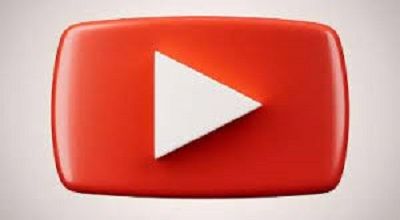YouTube enhance learning
YouTube enhance learning: YouTube has emerged as a powerful tool for enhancing learning. Offering a vast repository of educational content that caters to diverse learning styles and interests. Its impact on education can be attributed to several key factors:
YouTube enhances learning in several ways:
- Access to a wide range of content: YouTube hosts an enormous library of videos on various topics, making it a valuable resource for learners. Users can find tutorials, lectures, documentaries, and educational channels covering virtually any subject. This diversity allows learners to explore and engage with content that suits their interests and learning styles.
- Visual and auditory learning: YouTube combines visuals and audio, which can enhance comprehension and retention for many learners. Visual learners benefit from watching demonstrations, animations, and diagrams, while auditory learners can absorb information through spoken explanations and lectures.
- Self-paced learning: YouTube allows learners to control the pace of their learning. They can pause, rewind, or fast-forward through videos, making it easier to grasp complex concepts or revisit specific sections for clarification.
- Interactive learning experiences: Many educational YouTubers and content creators encourage viewer engagement through comments, discussions, and interactive elements within videos. This creates a sense of community and provides opportunities for learners to ask questions, share insights, and learn from others.
- Accessibility and convenience: YouTube is accessible on various devices, such as smartphones, tablets, and computers. This accessibility makes it convenient for learners to access educational content anytime, anywhere, without the need for traditional classroom settings.
More here…
- Diverse perspectives: YouTube offers a platform for a wide range of educators, experts, and enthusiasts to share their knowledge. Learners can benefit from exposure to different teaching styles, perspectives, and approaches to a subject.
- Supplementary resources: YouTube can serve as a supplementary learning tool. Learners can use it alongside textbooks, online courses, or traditional classroom instruction to gain additional insights, clarification, or real-world examples related to their studies.
- Real-world applications: YouTube often showcases practical applications of knowledge and skills. Whether it’s learning a new language, cooking, DIY projects, or coding, learners can watch experts in action and follow along, gaining valuable hands-on experience.
- Personalized learning paths: Users can create playlists and subscribe to channels that align with their educational goals and interests. This enables learners to curate their own learning journey and receive updates on new content relevant to their studies.
- Free and low-cost education: Many educational YouTube channels and videos are freely accessible, providing high-quality learning resources without significant financial barriers. This democratization of education allows people from diverse backgrounds to access valuable information.
Note;
However, it’s important to exercise critical thinking when using YouTube as an educational resource, as the platform also contains misinformation and low-quality content. Verifying the credibility of sources and cross-referencing information from multiple trusted channels or creators can help ensure the accuracy of the learning experience.
